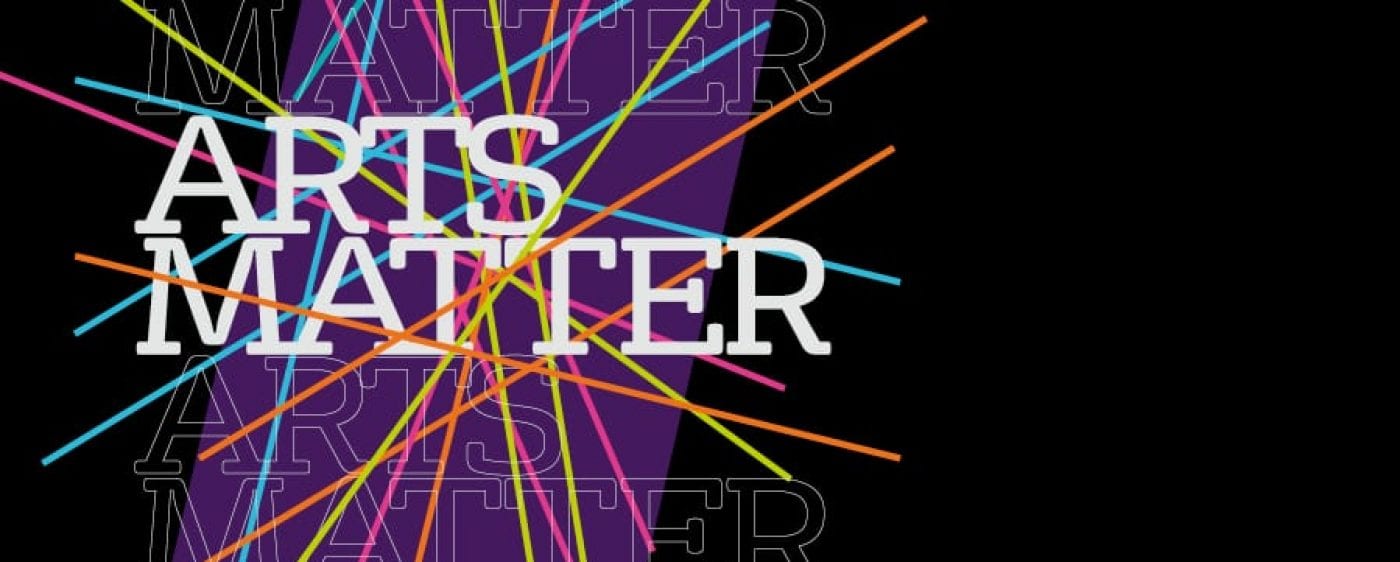By Dr Eleanor Rycroft, Senior Lecturer in the Department of Theatre, School of Arts
Dr Eleanor Rycroft tells us about her project which explored attitudes to women walking, from the Renaissance period to the present day. The workshops piloted during the project aimed to collect women’s contemporary experiences of walking, especially by night. The project recently received an AHRC Impact Acceleration Account award and is yet another example of how arts and humanities research can address societal challenges.
‘Women, Walking and Performance’ was an Impact Acceleration project which explores gender and pedestrianism using theatre methodologies. The project was based on my historical research into walking and performance, particularly my insight that a fundamental shift occurs during the early modern period (c.1500-1700), at which point discourses of walking begin to exclude certain groups and individuals from the activity. The importance of this argument concerns the ongoing reverberation of these exclusions, especially how inequalities of class, race and gender of walking in the past continue to inform the unequal distribution of the health and social benefits of walking today. Given that walking is a free and effective form of both transport and exercise – theoretically accessible to all able-bodied individuals – it is important to discover the historical roots of attitudes which mean that not all individuals feel free to walk.

This seems most particularly to be the case with women: the growing social and sexual control of women during the Renaissance continues to impact women walkers today. The tragic deaths of Sarah Everard, Zara Aleena, Sabina Nessa and Ashling Murphy are just the most recent in a long line of women who have been murdered whilst going on–foot.
Alongside Co-Investigator, Dr. Jess McCormack, we hope to explore these gender inequalities through a verbatim play as an element of a larger research bid. This play will tell the walking stories of women, to be staged or read in educational settings and beyond. The IAA funding enabled us to pilot a workshop format for collecting these stories. Facilitated by Breathing Fire theatre company, we used playback theatre techniques to test the practical and ethical scope for collating the experiences of walking women. Playback theatre encourages people to share their life stories which are then ‘played back’ to them via theatrical means. These workshops provided a safe space for the women to speak back against the prohibitions placed upon their movement through the world. By using playback theatre we honoured and affirmed women’s experiences of walking, as well as identified and investigated the barriers which preclude women from walking feely today.
“The IAA funding has provided an invaluable means to collect women’s stories together, with the aim of helping to spread this message”
The first workshop was produced as part of International Women’s Day in March 2023. Many of the stories which emerged concerned walking at night, and what was most telling from the IWD workshop was the common set of experiences that solo women walkers shared. Women spoke of insisting their daughters get taxis, forking out for taxis themselves, walking with keys between their fingers, adjusting their routes around men on the street, re-tracing known journeys, searching for exits and escape routes, as well as a number of other modifications they made to their behaviour simply to get from A to B.
Women spoke of feeling ‘on edge’ when walking at night, and spoke of feeling angry about the sexual attacks that women (primarily) suffer. They spoke of changing their gait: “I have a night walk” said one. Many women do, and given that victims have been shown to be selected on the basis of how they walk, this is not a frivolous idea (Book et al 2013, Gunns et al 2002). The reality of (primarily) mens’ attacks on women excludes half the population from a whole realm of sensory and physical experience. As one participant lyrically put it, “As a girl on a moonlit night with fireflies, I loved walking with my mother and sister and seeing Jupiter.” As a woman she felt unable to enjoy such freedom. Another said, “I like the idea of walking in the dark in theory. If there were no men on the planet.” Another added, “I feel that we are owed much more safety at night.”
Our research suggests that one way to tackle this societal issue is through education. One participant spoke about how angry she got with men walking behind her at night, saying that they “should KNOW not to do that.” But do boys and men know not to do that? And how can that message and knowledge be effectively communicated if not? The IAA funding has provided an invaluable means to collect women’s stories together, with the aim of helping to spread this message. My co-researchers and I believe that a verbatim play weaving together women’s common experiences across time will show the extent to which they have had to alter their behaviours because of the threat that some men pose to walking women – and will encourage both knowledge transmission and discussion about how boys and men can help other genders in their quest to feel safe when they walk.
Dr Eleanor Rycroft is a Senior Lecturer in the Department of Theatre and is involved in the Early Modern Studies Research Group, which consists of scholars from the Arts, Humanities and Modern Languages, active in the Renaissance and early modern periods. To find out more about Eleanor’s research, please email e.rycroft@bristol.ac.uk.




 We trialled the first draft of Rex’s script at the University of Bristol’s
We trialled the first draft of Rex’s script at the University of Bristol’s 


